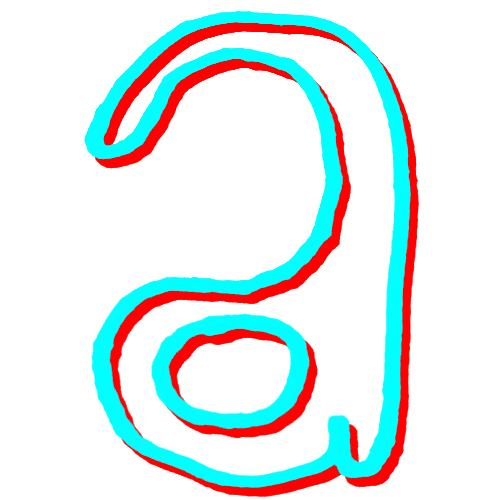René Magritte and the Charles Bonnet Syndrome
At the Beyer Art Museum in Basel, I went to the René Magritte exhibition.
After I saw his paintings, I felt René Magritte only drew his house and the memories of his childhood.
Magritte seemed to have had the Charles Bonnet syndrome. When people who have this syndrome see a small pebble on their table, and then look at the sky after a while, they see a pebble growing as large as a comet breaking away from its orbit to charge down toward their face. The patients of this syndrome are paralyzed by fear. The painters of this syndrome record it with cold intensity.
Magritte’s paintings are at the border of being the patient and the painter.
Magritte’s mother, who sold hats for a living, killed herself by throwing herself off the roof, and Magritte didn’t let go of his wife Josette’s skirt for the rest of his life. (But, as we all know, he didn’t draw his wife’s back all the time like Hammershøi)
Wife’s lace, a mackerel for dinner, a personal smoking pipe,
A leftover bottle of wine, a young apple, or an apple with a leaf, a dining table chair, a key in a pocket,
A doorknob, a bell on a table, a sky seen through the window,
And a cloud filling up each dish,
And lumps of clouds sticking in and pushing their bodies through every crack, these mere things,
He made them unfamiliar, and great became small, and small was stretched out, like in Gulliver’s Travels,
And he placed objects in the sky, sticking them inside spaces of illusion, metaphorizing, utilizing automatic technique, performing metonymy, associating, changing the positions of shadow and its object, changing the positions of being and nothingness, projecting rhetoric into objects.
n’t returned to her lodging by the river and
My two eyes
My two ears
My two hands
My two feet
My two nipples
My two ears desire to look at each other so they are leaving my body and flying away tonight
There is a comb bigger than a bed on a bed
There is a soap brush bigger than a cupboard on a cupboard
There is a wine glass bigger than a room on a carpet
There is a white moon that fits perfectly inside the glass
Charles Bonnet came to n’t
Author’s Note
If we call this work poetry, then poetry will get mad. If we call this prose, prose will get mad. Poetry rises higher than this, and prose reaches and spreads to lower places. This is minus-poetry, minus-prose. I wondered if I should call this not-poetry-not-prose, or po-prose, because I felt I was insulting both poetry and prose if I called my work either of those things. I thought, maybe I should call them recited prose or mumbled poetry. I have always thought that there are things only poetry can express, and things only prose can express. However, this time I wanted to invent a genre that hangs between those two genres.
Translator’s Note
In the pieces, you will notice that a persona called "n't" appears. That is my translation of 않아 (ahn-ah), which is an adjunctive adverb of negation in Korean, basically a particle that negates the whole sentence whenever it is added in.

Jack Jung studied at the Iowa Writers’ Workshop, where he was a Truman Capote Fellow. He is a co-translator of Yi Sang: Selected Works (Wave Books 2020), the winner of 2021 MLA Prize for a Translation of Literary Work. He teaches at Davidson College.

